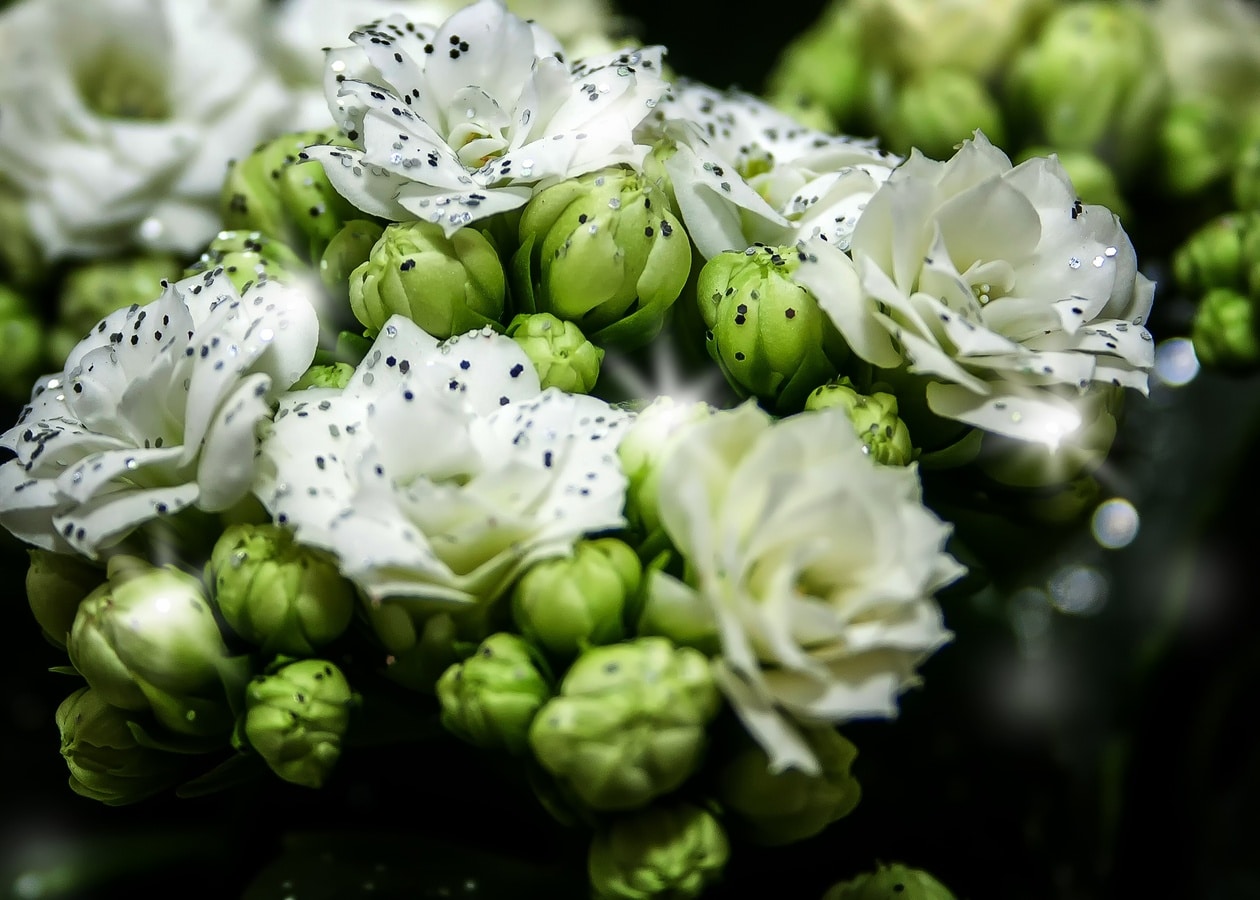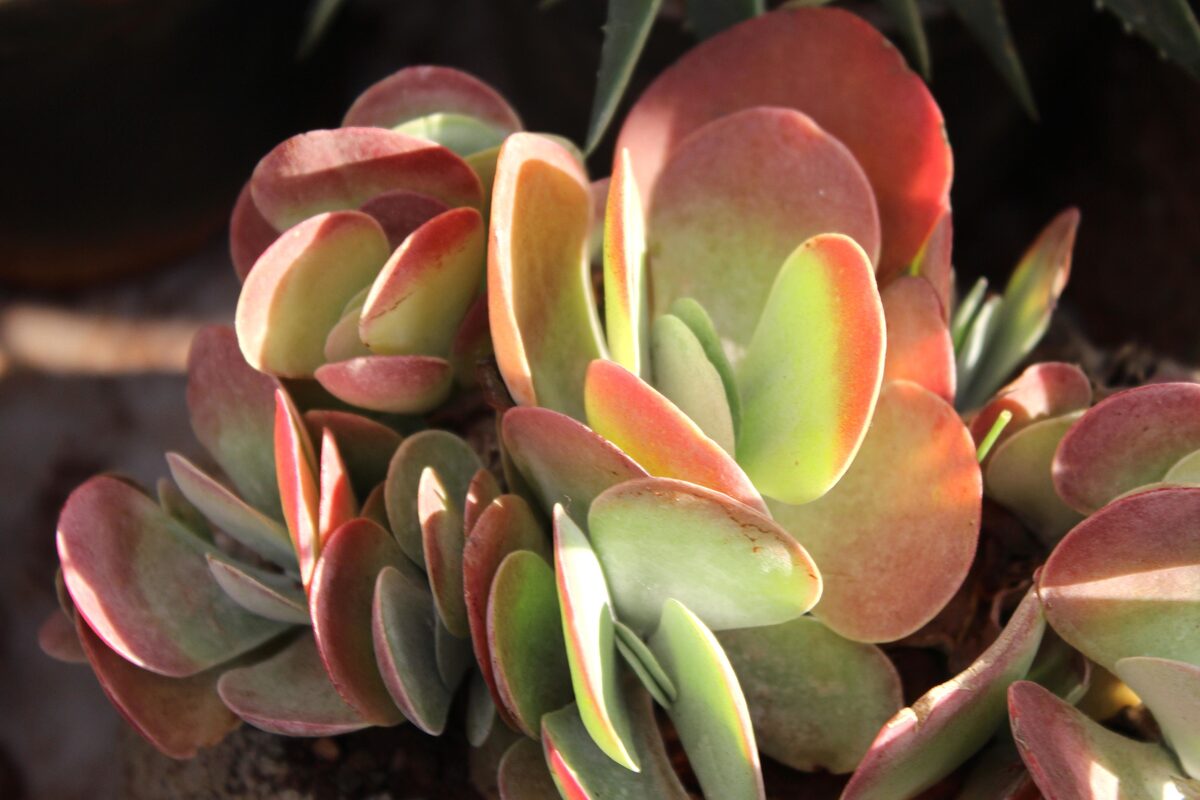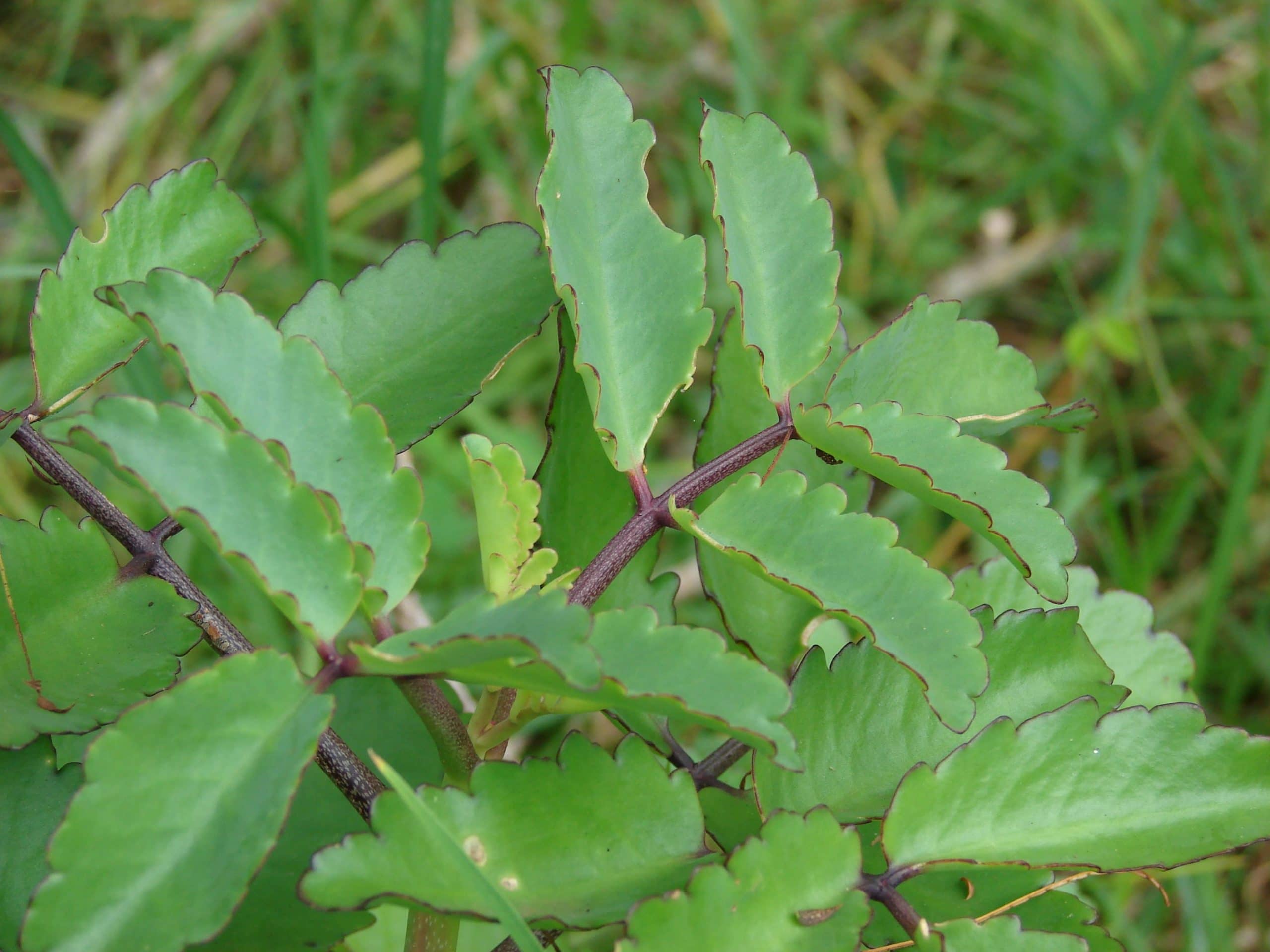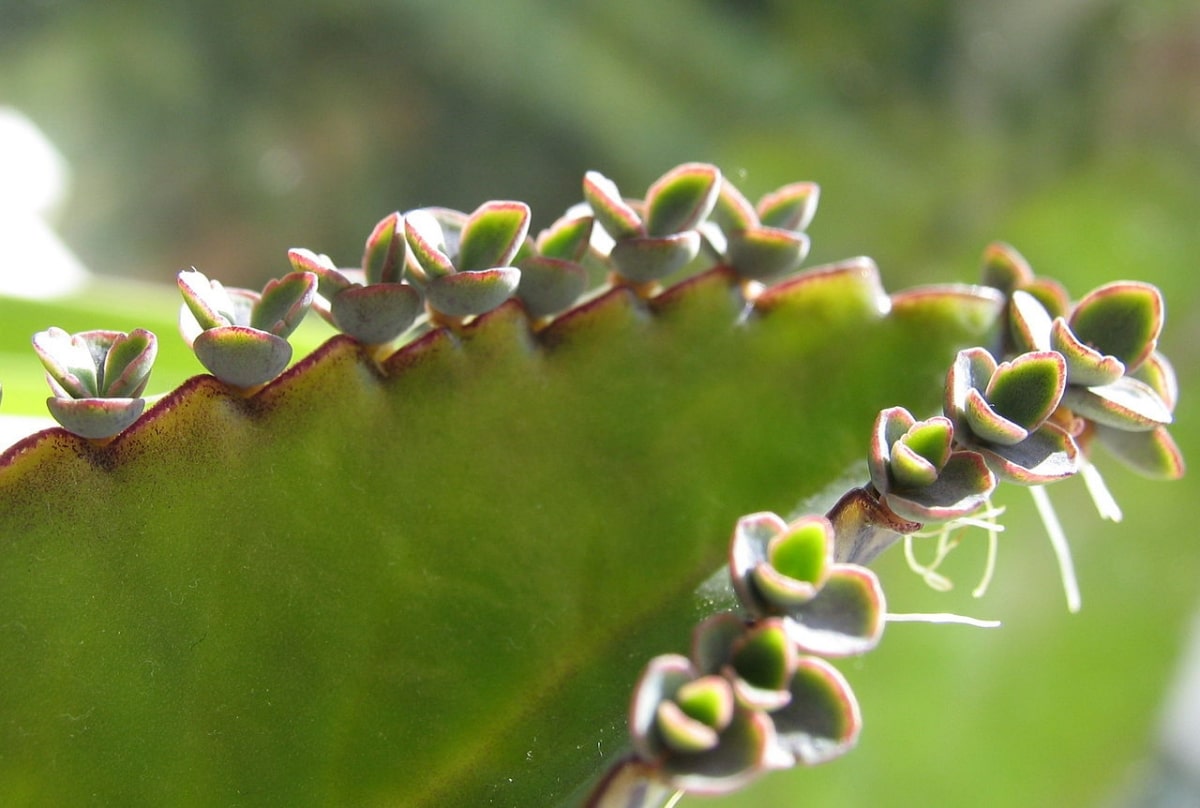
The kalanchoe is one of the succulent plants that we can enjoy the most in our patios, balconies and even in the gardens. There are many different varieties, the vast majority of them being suitable for keeping in pots; in fact, only a few become shrubs with a great need to grow in the ground.
For this reason, it is very interesting to have a wide collection. But Even if you only have one specimen, it is important that you ask yourself if the kalanchoe is in the sun or in the shade, and it is that depending on where you have it, it will grow better or worse.
Where to place a kalanchoe?

The various pure species of Kalanchoe (that is, those that we will find in nature) are mainly native to Africa. They inhabit semi-arid regions, where the soil is sandy and therefore absorbs and filters water quickly, and where temperatures are also very high during the day.
They are perfectly adapted to places where annual rainfall is very low, which is why they are excellent plants to grow in a garden without irrigation, especially in areas where droughts are common, as is the case throughout the Mediterranean region.
Where do they grow: in the sun or in the shade? Well, these plants are generally sun lovers.. In fact, you can check this yourself by putting one in a room where there is only one source of light (it can be the reflection of the sun on a piece of furniture, or a window). The plant will soon head towards that light. Even if it were in a place where it is very, very bright, if it detects a stronger light, it will head towards it.
And this can be a problem for you, since the stems do get longer, but they also 'thin' and lose strength. So, in the end, they end up "dangling" or worse, breaking because they have no strength to support themselves. Recovering a calanchoe that lacks light is difficult and takes time, since you have to move it around, taking it to an area where it receives much more light, but being careful not to expose it to direct sunlight, otherwise it would burn because it is not used to it.
Once you see that it grows healthy, then you have to gradually expose it to the light of the morning sun (the first hours). So for a few weeks. With patience and perseverance, you can get him to adapt.
Can the kalanchoe be in shade or semi-shade?

If we take into account that it is a plant that generally needs to be in a sunny place to grow, is there a possibility that it does equally well in shade? Or in semi-shade? The answer is: depends. It depends a lot on the type of kalanchoe, as well as the clarity that there is in the area where you want to put it.
For example, the Kalanchoe blossfediana, which is the species that is usually sold especially during the winter -and more specifically during Christmas- is one that can be kept indoors since it does not require direct sun exposure. But just because it can be at home doesn't mean we can put it in a dark room. In fact, all calanchoes, without exception, need light, and there are several that also need direct light, such as these:
- Kalanchoe beharensis
- Kalanchoe daigremontiana
- Kalanchoe thyrsiflora
The rest could be in semi-shade. In total shade I do not recommend putting any unless there is a lot of light in that place. Indoors with low light none would survive.
How to know if a kalanchoe is getting sunburned?

Image - Wikimedia / CrazyD
Sunburn is a common problem with plants, both indoors and outdoors. In both cases, they burn because they are not adapted to said exposure; but one thing also happens indoors: the magnifying glass effect (when the sun's rays pass through the glass, they are amplified and cause the leaves, which are quite tender, to burn).
For this reason we will have to be a little vigilant, and keep our kalanchoes protected from the sun -during the strongest hours of the day-. If they are inside the house, it is best not to put them right in front of the windows.
But what are the symptoms or damage? They are really easy to identify, because they are normally reddish or brown spots that appear on the leaves that are more exposed (that is, the rest of the plant will be intact) that appear after a few hours. Unfortunately, those damaged leaves will not be healthy again, but if it is moved, the new ones will be fine.
Where do you keep your kalanchoe?